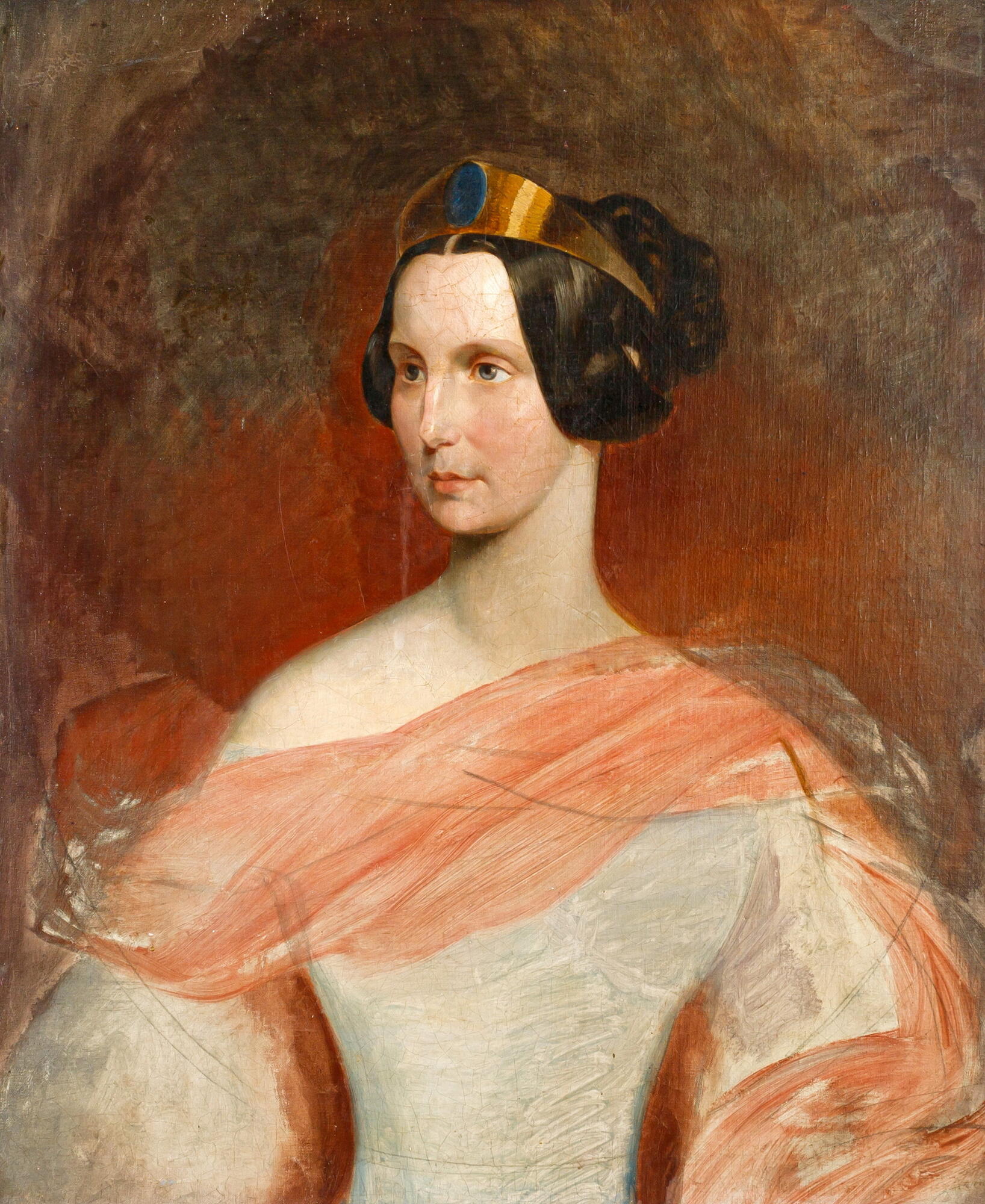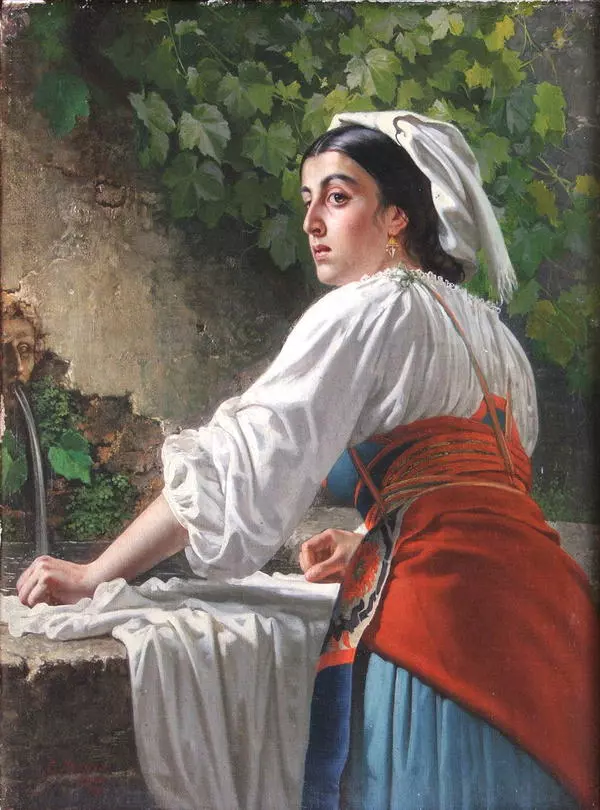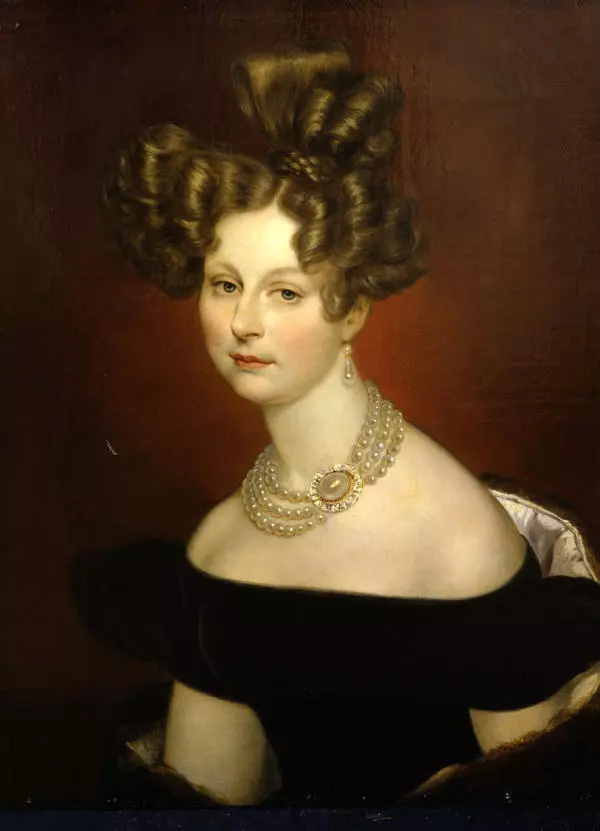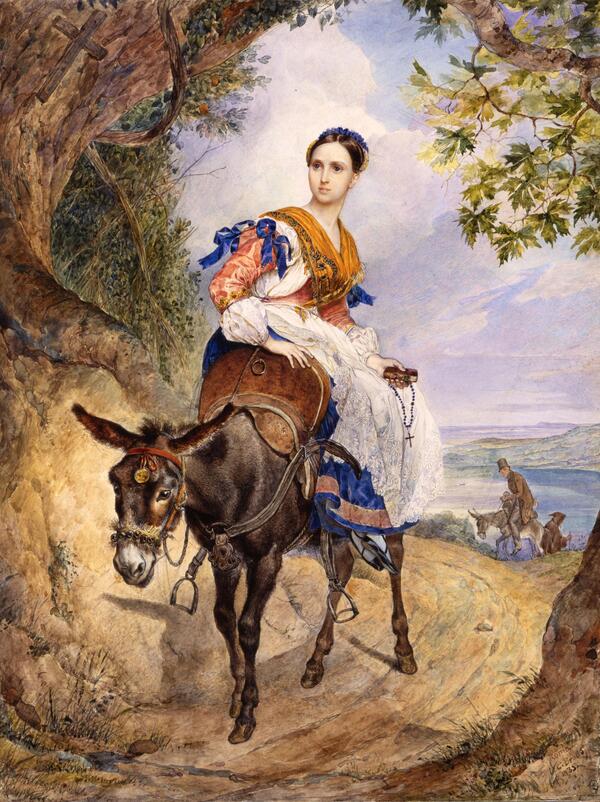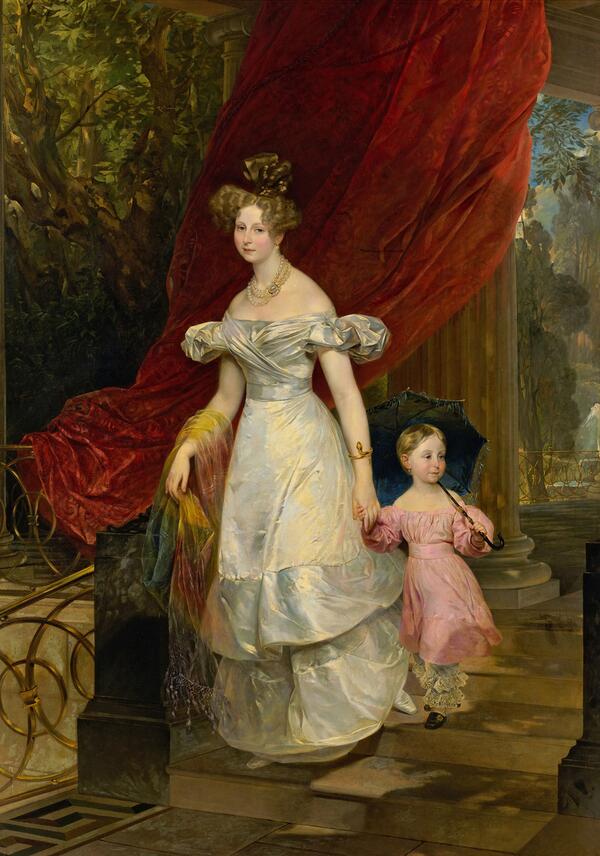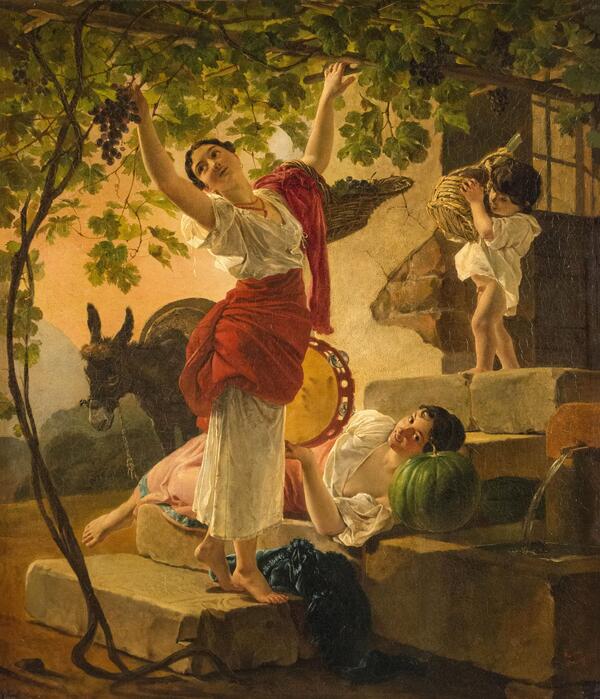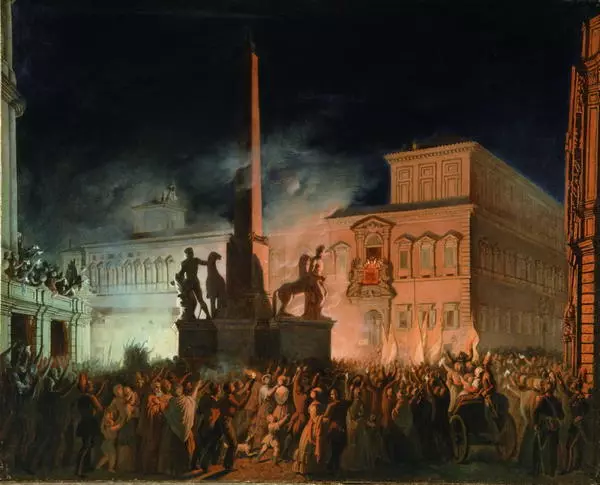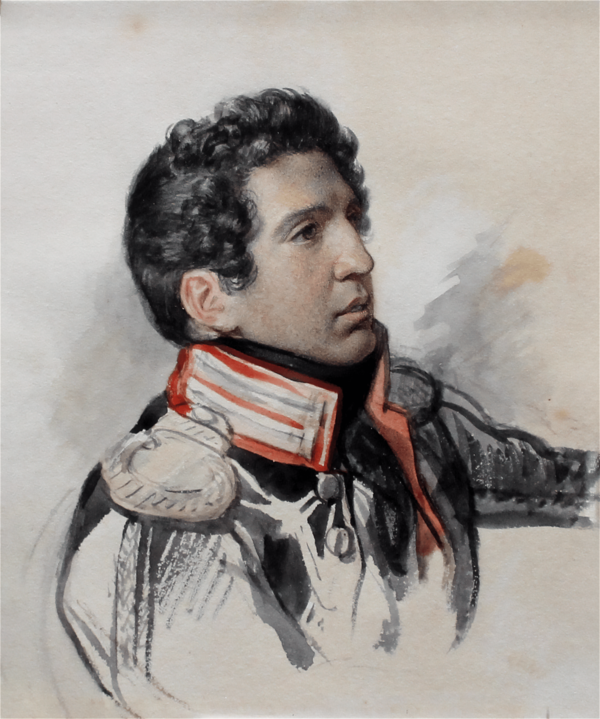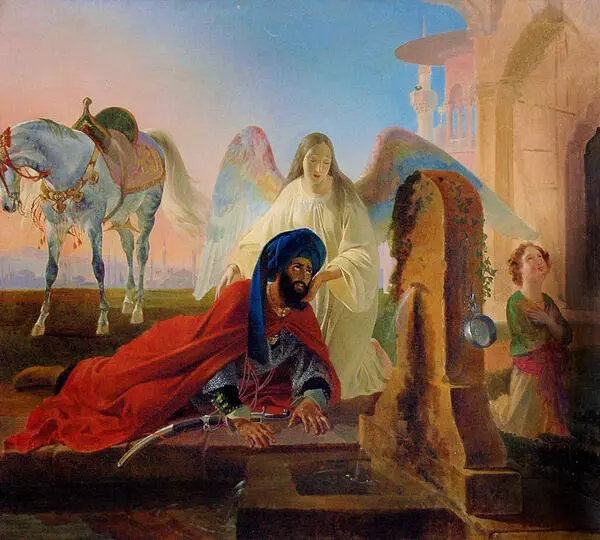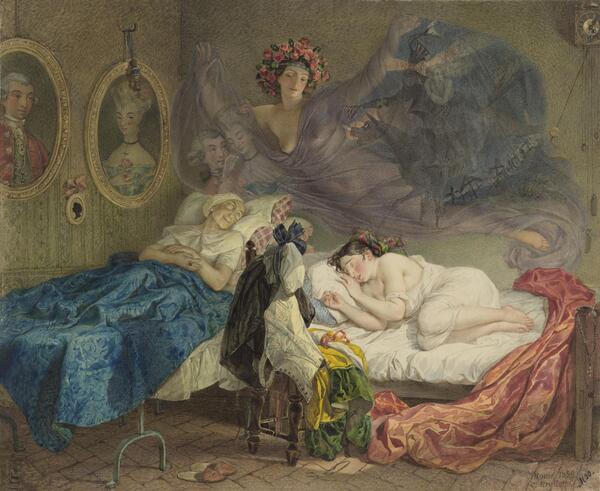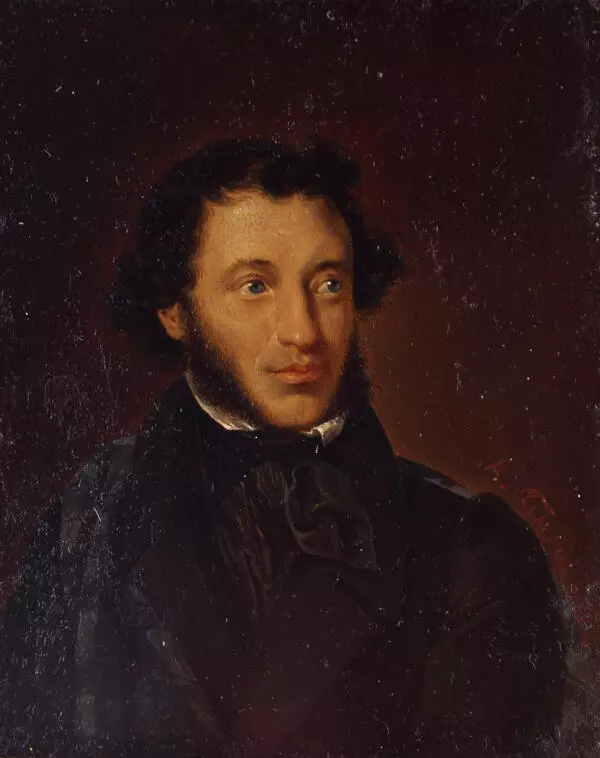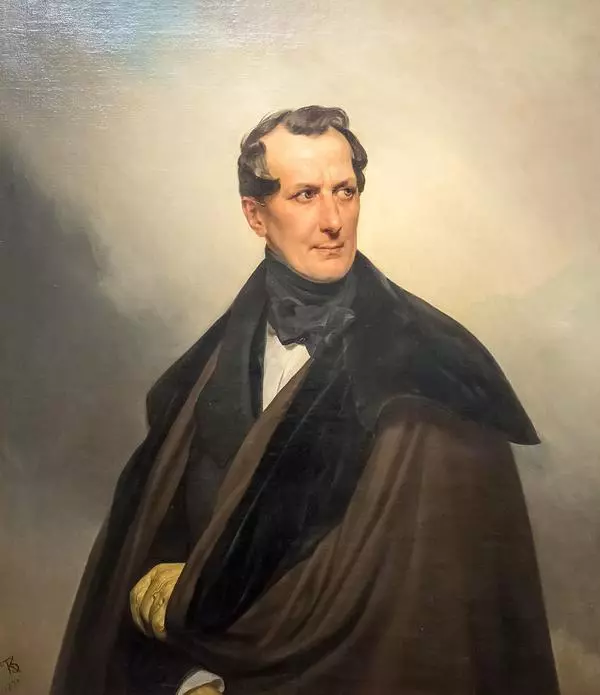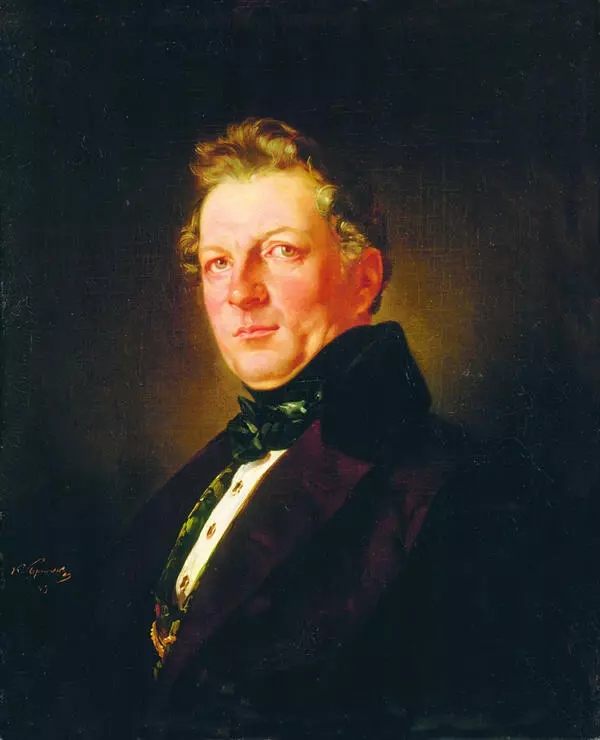Anna Tyutcheva, the Empress’s maid of honor and the daughter of the poet Fyodor Tyutchev, reminisced that Nicholas I treated his wife as “a most charming little bird whom he kept locked away in a golden cage adorned with gemstones.” Alexandra Feodorovna missed the European grandeur, suffered from the Petersburg climate, and was often ill.
Karl Bryullov rendered the porcelain-like fragility of the Empress and sculptured her facial features. Nicholas I summoned the painter from Italy where he had interned for over ten years after the success of “The Last Day of Pompeii”. The Emperor wanted the artist to dedicate an equally impressive masterpiece to Russia, and to create a series of portraits of his wife and daughters. All these works were abandoned either as studies or unfinished paintings.
The genre painter and portraitist Karl Bryullov was born into a family of painters that descended from the French dynasty of Brulleau. From the age of six, he helped his father to work on commissioned drawings, paintings, and etchings. Having graduated from the Imperial Academy of Arts, Bryullov worked in the style of Romanticism and Realism and participated in painting the Kazan Cathedral and St Isaac’s Cathedral in Saint Petersburg. Karl Bryullov was a master of both ceremonial and intimate portraits, and his sitters included Prince Alexander Golitsyn, Vasily Zhukovsky, Ivan Krylov, and Aleksey Tolstoy.
A student of Karl Bryullov, the painter Nikolai Ge reminisced,
